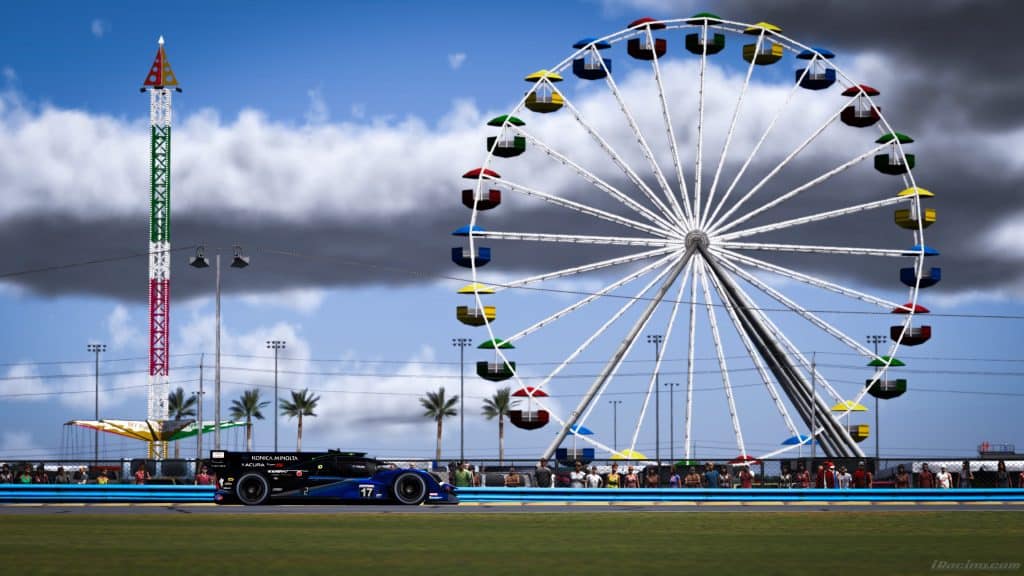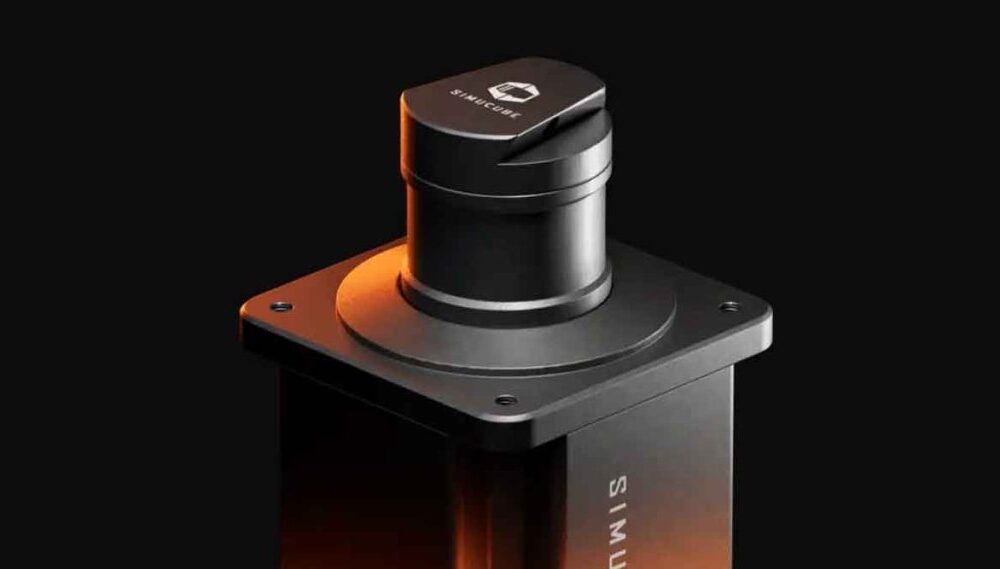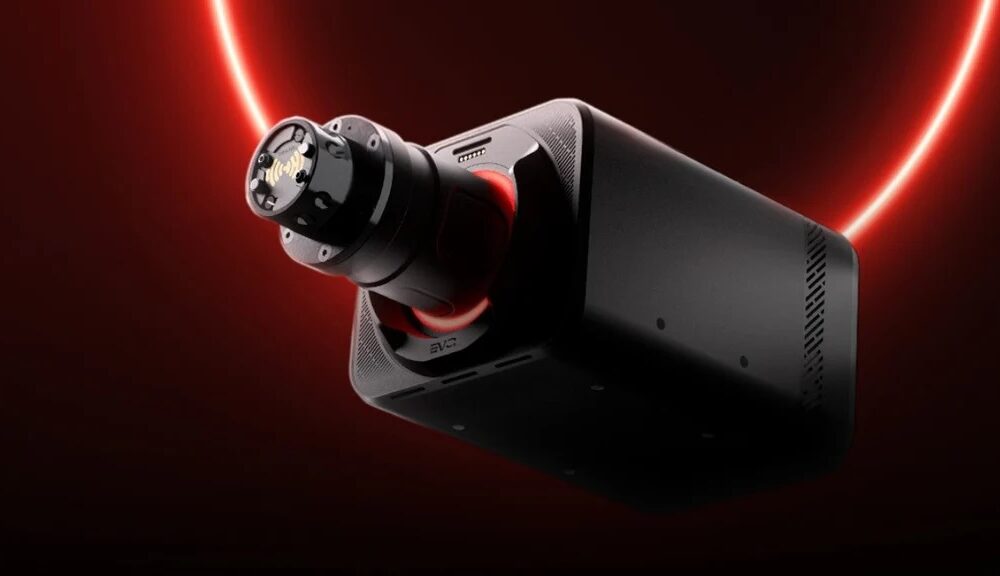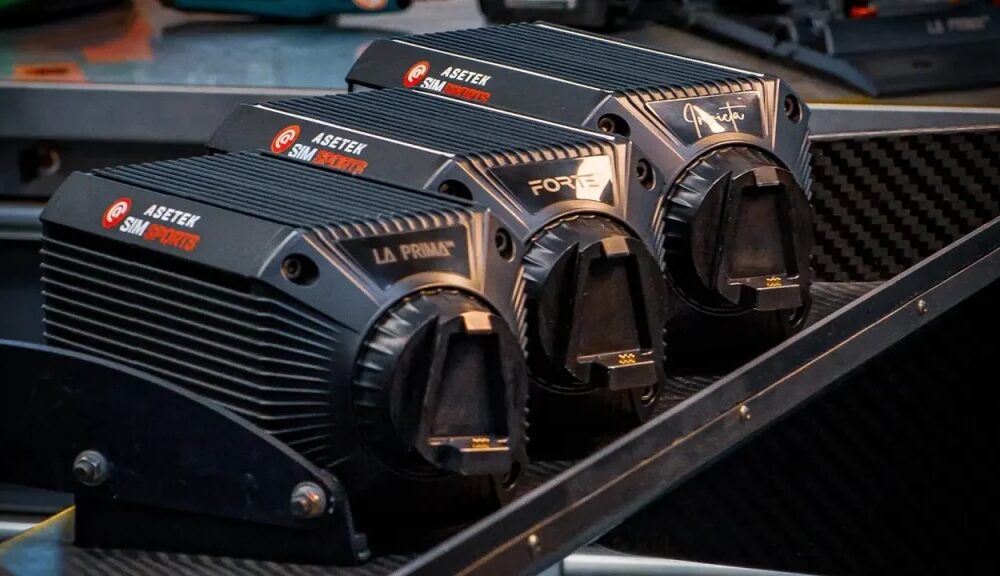Once the Roar Before the 24 event is done and dusted, it’s time for the main event: the iRacing Daytona 24 Hours.
The Daytona 24 Hours is one of the world’s most infamous endurance races, featuring some of the fastest prototype and GT vehicles on the planet all piloted by some of motorsport’s greatest drivers. The first GT-focused endurance race on the yearly racing calendar, it stands as a much bigger challenge relative to the ROAR as it is run over 24 hours, ten times the length of the warm-up encounter.
The race is contested with entries made up of the GTP, LMP2, and IMSA GT3 categories.
Gain seconds in lap time with our incredible iRacing setups that include professionally developed setups and referance laps for every car available in the official weekly racing series that you can find on iRacing.
When Is The Daytona 24 Hours Held?
The iRacing Daytona 24 Hours traditionally takes place in the third week of January, seven days before the real-life event.
There will be a total of four-time slots that each race will start, with each being chosen so that racers all over the world have the opportunity to compete in the long-distance contest.
- Friday: 10 PM GMT
- Saturday/Sunday: 8 AM GMT, 12 PM GMT, 4 PM GMT
How Is The Daytona 24 Hours Structured?
iRacing sets up the different splits so that wherever you are in the world, there will always be a split that suits your needs.
- The late Friday GMT fixture is ideal for drivers from North and South America as it will take place during the day
- The early morning GMT splits are ideal for drivers in the Asian/Australasian regions
- The 12 PM slot will be when the pro spilt race will take place, so if you are not participating and wish to spectate, this is the slot you’ll need to keep in mind. Less experienced drivers may want to give this time a swerve as it will be by far the most populated.
- The later splits are also handy if you suffer a technical problem or crash out from an earlier race, giving you a second chance to complete the contest.

The Daytona 24 Hours is set up as a team event with a minimum driver number of two per team, and a maximum of 16 pilots per squad.
- Make sure to download the free Coach Dave Delta app today to access the full range of setups to fight for supremacy whenever you hit the track!
What Licence Is Needed To Race?
To take part in the iRacing Daytona 24 Hours, you need to reach a road racing licence of at least D level, though at this point you need a safety rating level of at least 4.0. If you possess a C licence or higher, it doesn’t matter what safety rating you have.
- The licence you have doesn’t determine which split you are placed in, this will instead be sorted out by your total road racing iRating.
- This means that you could potentially share a server with drivers that have a higher iRating but a lower licence.
- This could mean they may struggle to drive cleanly and consistently, so if placed into a high split, don’t assume all your opponents can drive at pro level.

The D-level licence needed for this race should be pretty straightforward to reach as you just need to progress from the Rookie licence.
- Putting together clean races in series such as the Formula 1600, Formula Vee, and Global Mazda MX-5 Cup should quickly allow you to reach the required level.
If you currently don’t have a high enough licence level to take part in the Daytona 24 event, why not refer to Coach Dave Academy’s licence guide so that you can work towards getting to the required license level ahead of the race?
The opportunity to gain extensive experience and make big improvements to your iRating and safety rating is huge with special events such as the Daytona 24 Hours. The long-distance nature means that just executing a clean race could potentially allow you to jump multiple license levels in one go.
What Is The Daytona International Speedway?
The Daytona International Speedway, also known by the venue’s motto ‘The World Centre of Racing’, is one of the most recognisable motorsport facilities on earth.
It has hosted the world-famous Daytona 500 NASCAR race, other oval competitions and circuit racing on its 2.5-mile (4-kilometre) oval layout and 3.5-mile (5.7km) road course layout since the track was completed in 1959.
Daytona’s road course layout may look simple from a track map with the 31-degree banked oval portion of the circuit making up a large part of the lap – only the short infield section and bus-stop chicane set it apart from the oval, though looks can be deceiving. The ever-tightening radius left-hander of Turn 1 is a tricky affair that demands the driver to brake as late as possible while keeping the car settled as you try to kiss the apex. This rapid opening bend then gives way to several slow 180-degree turns throughout the rest of the infield, which puts the premium on precise braking, mechanical grip, and traction.
The infamous bus stop chicane is also a section that should be underestimated at your peril. Depending on what car you’re piloting, on entry to the left-right-left chicane, you’ll likely be travelling at near terminal velocity having just navigated Turn 2 of the oval.
Precision is the name of the game here, as you’ll need to take as much of the inside kerb as possible to open up the exit of the corner into the ultra-long run along the remainder of the oval down to Turn 1 once again.
For a full rundown of a lap around the Daytona International Speedway road course, why not check out our track guides for the Daytona 24 by one of Coach Dave Academy’s professional drivers:
The Cars
The Daytona 24 Hours is structured as a multi-class event that utilises the GTP, LMP2, and GT3 classes.
GTP
The GTP class is made up of five hybrid-powered prototypes which are the fastest vehicles on the circuit.
The cars have traction control but no ABS, meaning that precision on the brake pedal is a must due to how easily the front tyres can be locked. They also feature a large amount of downforce, meaning they feel great in high-speed bends but relatively more cumbersome in slower turns.
Their performance is equalised by iRacing’s Balance of Performance (BOP) system. Due to the minimal differences in outright pace between the GTPs, bolting on a Coach Dave Academy-developed setup could be the key ingredient that puts you out front.

| Acura ARX-06 GTP | Mid-engined layout, twin-turbocharged 2.4-litre V6 |
| BMW M Hybrid V8 | Mid-engined layout, turbocharged 3.0-litre straight-six |
| Cadillac V-Series.R GTP | Mid-engined layout, naturally aspirated 5.5-litre V8 |
| Porsche 963 GTP | Mid-engined layout, twin-turbocharged 4.6-litre V8 |
| Ferrari 499P | Mid-engined layout, twin-turbocharged 3.0-litre V6 |
LMP2
The LMP2 class currently consists of a single vehicle on the service, the Dallara P217.
The LMP2 regulations stipulate that each car built to the rule set is of fixed specification. The Dallara doesn’t lack much in pure downforce compared to the faster GTP vehicles, with the main deficit coming on the straights. Its 4.2-liter Gibson V8 produces less power than the engines in the GTPs and also lacks a hybrid drive system which means acceleration is slower.
If you want to get ahead of the pack from the outset, install one of Coach Dave Academy’s bespoke iracing setups for your Dallara LMP2 weapon.
| Dallara P217 | Mid-engined layout, naturally-aspirated 4.2-litre V8 |
Gain seconds in lap time with our incredible iRacing setups that include professionally developed setups and referance laps for every car available in the official weekly racing series that you can find on iRacing.
GT3
Since the end of competitive GTE racing in 2021, the GT3 category of cars rules the roost. Even so, they will be the slowest vehicles on track during the Daytona 24 Hours against the purpose-built prototypes.
The class is made up of a staggering total of ten cars to choose from. Despite their relative lack of outright pace, the GT3 class has the biggest variation in terms of vehicle layout of the three categories. Each has a unique engine layout/placement combo, while the overall dimensions of them differ significantly.
These elements add up to each needing varying driving styles to get the best from them. If you want to best the rest of your tin-top competition, try one of Coach Dave Academy’s setups for your chosen GT3 beast.

| Acura NSX GT3 EVO 22 | Twin-turbocharged 3.5-litre V6 |
| Audi R8 LMS EVO II GT3 | Naturally-aspirated 5.2-litre V10 |
| BMW M4 GT3 | Twin-turbocharged 3.0-litre straight-six |
| Chevrolet Corvette Z.06 GT3.R | Naturally-aspirated 5.5-litre V8 |
| Ferrari 296 GT3 | Twin-turbocharged 3.0-litre V6 |
| Ford Mustang GT3 | Naturally-aspirated 5.4-litre V8 |
| Lamborghini Huracan GT3 Evo | Naturally-aspirated 5.2-litre V10 |
| McLaren 720S GT3 EVO | Twin-turbocharged 4.0-litre V8 |
| Mercedes-AMG GT3 2020 | Naturally-aspirated 6.2-litre V8 |
| Porsche 911 GT3 R 992 | Naturally-aspirated 4.2-litre flat-six |
Race Format and Strategy
The grid for each split will decided by one of iRacing’s customary qualifying sessions that run over eight minutes and grant two fast laps. One driver from each team must be designated to qualify the car, though the driver who takes the start can be different from the one that qualifies.
The race will then get underway with a rolling start procedure.
Track Conditions
The Daytona 24 Hours event will feature dynamic weather, so the grip from the road available to you will change as the race develops. The amount of grip can alter depending on how much cloud cover there is as well as the current atmospheric temperature. The track will also get grippier due to extra rubber being laid down on the racing line as the race progresses.
- Practicing in varied track conditions is advised so that tyre pressure changes can be made as the circuit changes throughout the race
- This is important to keep on top of, as otherwise car balance can shift significantly and harm driver confidence
- Temperature differences can greatly affect tyre wear, so keep an eye on this value throughout the race to make sure you aren’t pushing your rubber too hard if the track is hotter
Consistency
Consistency is a crucial ingredient to scoring a good result in a long-distance race, as without this element your car likely won’t make it to the end in the same condition it started it.
- Getting into a strong rhythm is crucial on your path to success, as mistakes won’t keep in as much when running at a comfortable pace
- Consistency is also key in keeping the car underneath you across a stint, as the more consistent you are the more likely you aren’t overdriving and potentially destroying the tyres
Having the correct setup will make being consistent much simpler, and Coach Dave Academy setup engineer Oriol explained what to look out for when preparing a car for Daytona.

“For Daytona, it’s important to reach a good top speed, so we always start with a low downforce adjustment in the setup,” Oriol said.
“Therefore we will also have to adjust the rake. Normally we will use a low rake to obtain better top speed.
“We also adjust the toe and camber settings to achieve good traction and good turn-in, but also good speed for the middle track sectors. Low toe values will help us to reach a good top speed with low tyre wear.
“A key part of the track is the entrance to the infield, as the vehicle must adapt well to the change in the asphalt. We can help this with a good spring rate setting, as a loss of traction at that point can negatively affect lap time.
“The last chicane is also important. An agile car allows us to get on the throttle earlier on the exit, and that is important for the top speed. The ARBs can help us in this area.”
Variables
Being a multi-class event, you will need to take care of faster or slower classes that you share the track with in the Daytona 24 Hours.
- Try to leave as many moves as possible until the straights, which mitigates risk. The slower corners featured within the Daytona layout mean time loss behind slower traffic is minimal
- Prototype vehicles easily have enough acceleration to dispatch GTs without issue, so there’s no need to rush
- It’ll be harder to get into a rhythm in a multi-class race due to always having to watch your mirrors or navigate slower traffic, so remaining calm and decisive in your driving will help your final result
Being able to apply these elements to your race craft will ensure that you have the best possible chance of out-thinking the competition across a stint, leading to a better race finish.
With this being a 24-hour race, keeping the car clean is crucial if you are to fight for a top result at the business end. Patience will be a virtue in the Daytona 24 Hours, and Floridian glory could be yours should you put everything together.
Gain seconds in lap time with our incredible iRacing setups that include professionally developed setups and referance laps for every car available in the official weekly racing series that you can find on iRacing.







